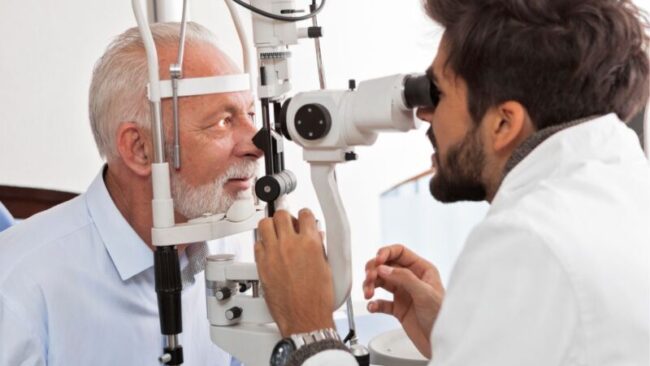Emotional and Physical Journey of Wearing Eye Prosthetics
Embarking on the journey of wearing eye prosthetics marks a significant milestone in the lives of individuals who have experienced vision loss or undergone ocular surgery. While these prosthetics serve as invaluable aids in restoring aesthetics and function, adapting to their presence can present a unique set of challenges and adjustments. From mastering the art of insertion and removal to acclimating to changes in depth perception and peripheral vision, the process of getting used to wearing eye prosthetics requires patience, persistence, and a supportive network of healthcare professionals and peers.
One of the first steps in transitioning to wearing eye prosthetics is familiarizing oneself with proper handling and care techniques. This includes learning how to safely insert and remove the prosthetic eye, as well as practicing hygiene protocols to maintain ocular health and prevent infections. Consulting with an ocularist or prosthetist can provide invaluable guidance and support throughout this learning process, ensuring that individuals feel confident and comfortable in managing their eye prosthetics independently.

Furthermore, adjusting to the physical sensation of wearing an eye prosthetic may take time and practice. Initially, wearers may experience discomfort or irritation as their eyelids and surrounding tissues adapt to the presence of the prosthetic. Gradually increasing wear time and using lubricating eye drops can alleviate dryness and enhance comfort, allowing individuals to gradually build tolerance and acclimate to the sensation of wearing the prosthetic eye.
In addition to physical adjustments, psychological and emotional support plays a crucial role in the transition to wearing eye prosthetics. Joining support groups or seeking counseling can provide individuals with a forum to share experiences, express concerns, and receive encouragement from others who have undergone similar journeys. Building a strong support network of friends, family, and healthcare professionals can help individuals navigate the emotional ups and downs associated with adjusting to life with eye prosthetics, fostering resilience and empowerment along the way.
